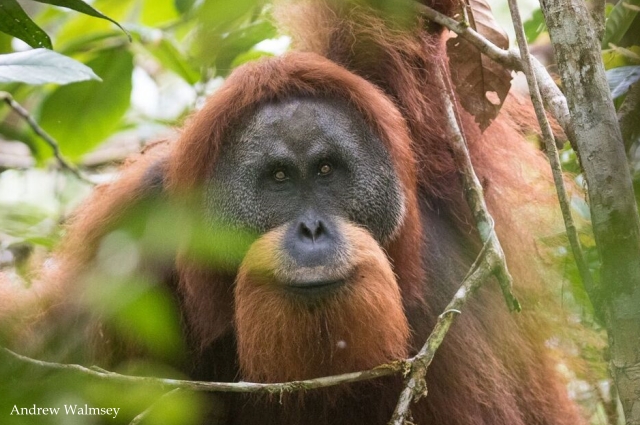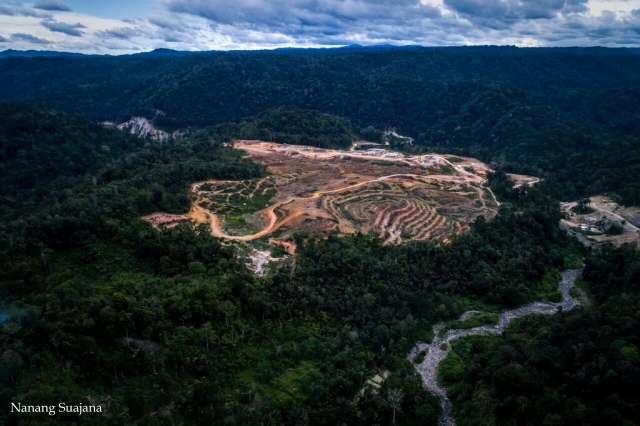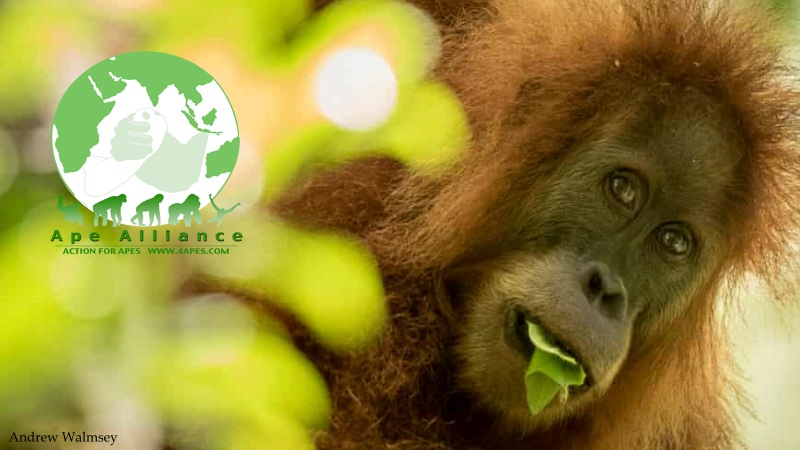Project: Conservation of Tapanuli Orangutan, Batang Toru, Sumatra, Indonesia
Donated: US$ 10,000
More info: 4apes.com

In 2019 Explorers Against Extinction supported the vital work of The Ape Alliance by shining a light on the plight of the Tapanuli orangutan – the world’s rarest great ape.
75% of funds raised supported vital field work in Batang Toru, Sumatra with the other 25% being donated to The Ape Alliance core fund and used as necessary in the battle to safeguard the Tapanuli.
Who is Ape Alliance?
The Ape Alliance, founded in 1996, is an international coalition of organisations and individuals, working for the conservation and welfare of apes and is chaired by Ian Redmond OBE.
The Ape Alliance is integral to global partnerships in order to lobby funders, governments and help shape policies that are fair and sensible. These actions need to be informed by researchers on the ground, but action needs to be taken in multiple countries in order to change governments’ and companies’ minds.
Tapanuli Orangutan and the Batang Toru ecosystem
The Tapanuli orangutan was first described as a distinct, third, species of orangutan in 2017. There is estimated to be only 800 left, making them the most endangered of the great apes, our closest cousins. These remaining 800 individuals are divided into three populations surrounding the Batang Toru river in the forests of Northern Sumatra – a 420-square-mile area. Only one of these three populations, with 500 individuals, is considered large enough to remain viable.
Tapanuli orangutans are exclusively arboreal. Females have their first offspring at around 15 years of age. They have one infant every 8-9 years. This low reproductive rate makes it very difficult to bounce back from a steep population decline.
The Batang Toru forest is one of the most bio-diverse areas in Sumatra with 91 mammal species recorded. Three of these are critically endangered: Tapanuli Orangutan; Sumatran tiger and Sunda pangolin. The ecosystem ranges from hilly lowland tropical rain forest to rugged mossy submontane forest in the highlands.
Threats – Hydroelectric dam threatens to wipe out world’s rarest ape
The construction of a $1.6 billion dam and power plant threatens the entire ecosystem. The dam is being built on the most critical area of Tapanuli orangutan habitat, with the highest density of individuals.

Infrastructure likely to scar the primary forest home of the Tapanuli includes roads, electrical lines, and an eight-mile-long, thirty-foot-wide tunnel – preparatory work is reported to already be underway. Swift action is critical.
In over 3,000 hours of observations scientists have never seen Tapanuli orangutans come down from the trees. The construction of roads and other man-made infrastructure will fragment their fragile populations by forming impenetrable barriers. This exclusively arboreal (tree-dwelling) species will not be able to interbreed and so will rapidly become extinct.


